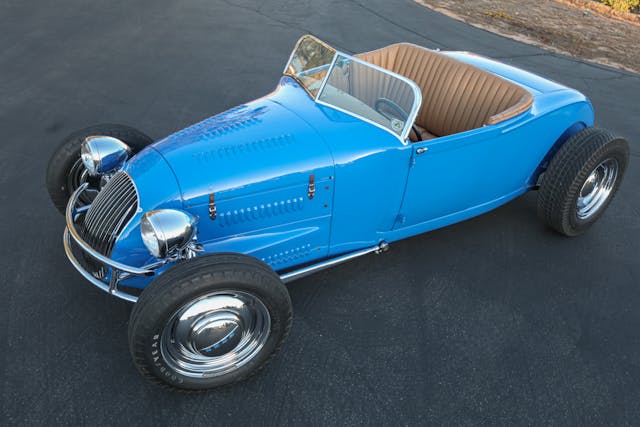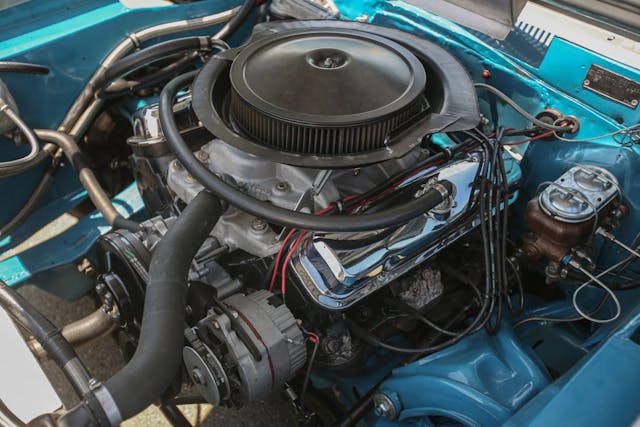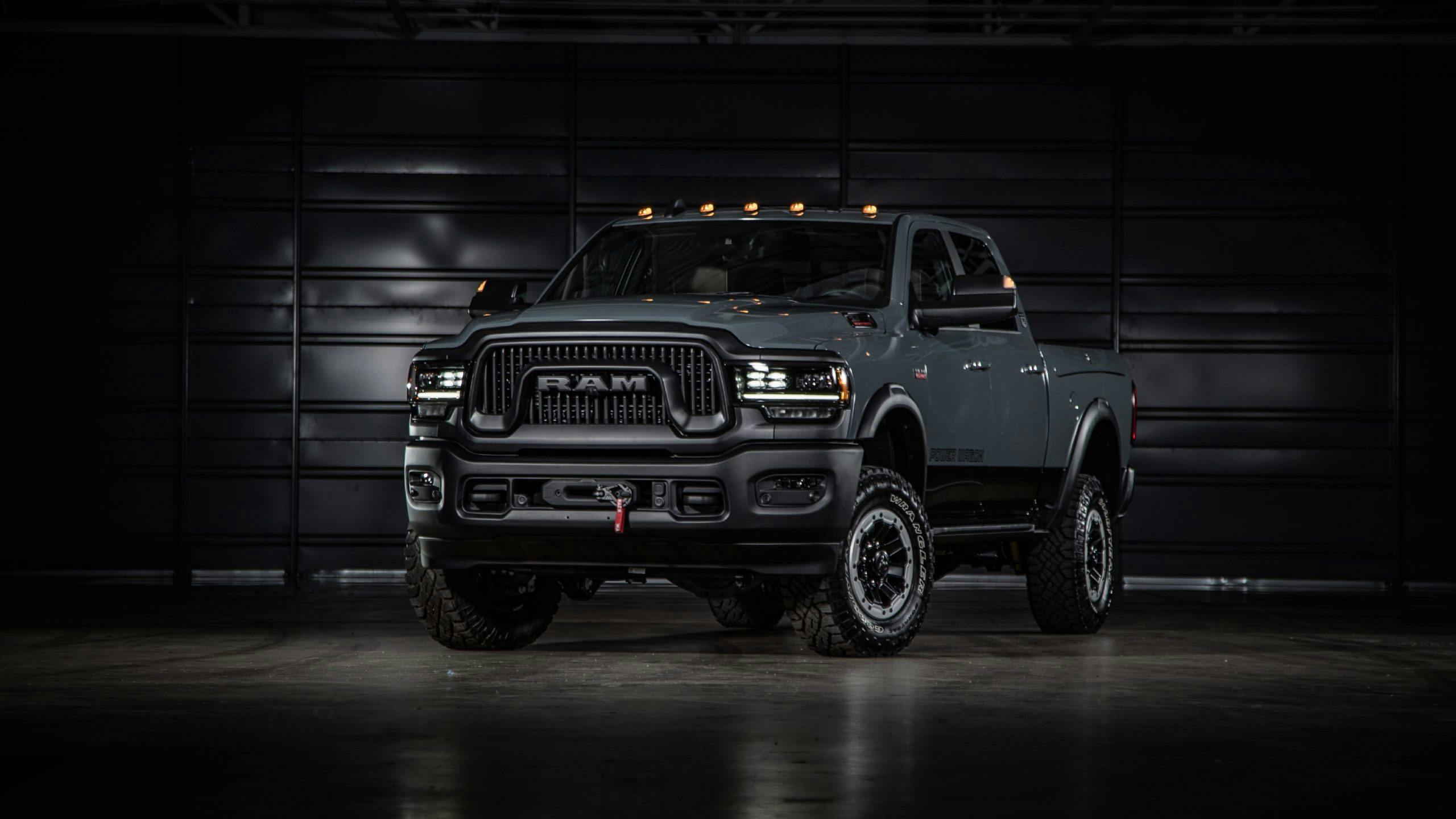4 car terms misused by almost everyone
Automotive enthusiasm has its own glossary. Many of the terms mean something different from one niche of the culture to another, but some have well-established definitions. Below are four of my biggest pet peeves in car nomenclature.
Some argue that because language is always changing, every word acquires a new meaning over time. That’s true, but only if we let them—and why fix what isn’t broken?

1. “Roadster”
The slow evolution of the term roadster is one that I’ll have to accept, but there’s a bar for entry—a point at which a car is simply not a roadster.
A century ago, “roadster” meant a two-seat, topless car with minimal weather protection. A Ford Model A roadster doesn’t have glass side windows, while a Model A cabriolet does. By the 1950s, the word’s meaning had been nudged a little—European sports cars with fabric side curtains and tops were still called roadsters, because their weather gear didn’t do much.
Later, the term evolved into a way to differentiate between sporty, two-seat convertibles and larger, more luxurious four-seat convertibles. That makes for a blurry line, of course. The Porsche 718 Boxster is a roadster, a 5000-pound, four-seat Bentley Continental GTC is not, and there’s plenty of room between the two for debate.
The upcoming Tesla Roadster, with its four seats and its fixed rear roof, is not a roadster by any definition, past or present. What’s so bad about admitting that a car is a targa-top?

2. “Big-block” Pontiac
Spend enough time searching classified ads, you’ll inevitably come across a car powered by a “Pontiac big-block.” There is no Pontiac big-block.
Pontiac unveiled its first V-8 in 1955. For nearly 30 years, until the division replaced its house V-8 with a version of GM’s “corporate” Chevy small-block, there was only one Pontiac V-8 architecture. From 265 cubic inches all the way to 455, Pontiac used just one bore spacing (the distance from the center of one cylinder bore to the center of the adjacent bore in the same bank). The 5.0-liter used in early Trans-Am racing (above) has the same external dimensions as a 455.
(Before anyone mentions it, Big Chief cylinder heads bolted onto a Chevy big-block bottom end don’t make the engine a Pontiac big-block.)
Oldsmobile is the same way, with identical bore spacing in everything from the 303 Rocket to the monster 455. Olds fans like to differentiate between small- and big-block engines based on deck height—the distance from crankshaft center to cylinder top—but that’s not what makes a big-block in my book. Tall-deck Chevy LSX engines are still small-blocks, after all.
With Olds and Pontiac, it seems the confusion comes from the fans themselves—each brand is now dead, and neither used the “small-block” or “big-block” nomenclature in any official capacity.

3. “Heat Soak”
When the C7 Corvette Z06 debuted for 2015, road-racing netizens were quick to assault its supercharged, 650-hp LT4 V-8. They were certain that a naturally aspirated V-8 was the proper choice for a track-focused Corvette.
They had a point, at least for a bit. The initial version of the cooling system in that Z06 wasn’t up to the task of keeping intake air cool for prolonged track sessions at high ambient temperatures. The result was reduced performance. For 2017, Chevrolet remedied the problem with a new cooling system and a supercharger lid with an improved charge cooler. (The latter part also found its way onto later applications of that engine, including the sixth-gen Camaro ZL1.)
Plenty of outlets said those early Z06s were experiencing “heat soak.” They weren’t. The engines in those cars simply produced more heat than the cooling system could deal with. “Heat soak” is what happens when an engine’s cooling system rises in temperature after you shut it off. When the water pump is no longer pumping coolant through the radiator, because that pump only runs when the engine is running.
Park a hot car, fresh off the track, and turn off the engine—coolant temps will continue to climb. If an engine is still running and still pushing coolant through its radiator, but it can’t keep everything happy enough to produce the quoted factory power? We already have a term for that: overheating.

4. “Widebody”
I’ve saved my most pedantic pet peeve for last. Fender flares don’t make a car a widebody.
Blame Dodge for legitimizing this. The picture above is a “widebody” Challenger. The car is also offered in a standard “narrow” configuration, without the fender flares.
If the fenders and quarter panels on the “narrow” and “widebody” versions of a car are the same, something doesn’t add up. Let’s use a Mopar cousin as an example: You could call the Ram TRX (below, left) a widebody, sure. The body is substantially different from that of the base Ram. But the Power Wagon? I don’t think so.
Many of you probably disagree with these silly opinions. I’d love to hear your own car-language pet peeves—share them in the comments! (Just don’t expect to change my mind.)
***
Check out the Hagerty Media homepage so you don’t miss a single story, or better yet, bookmark it. To get our best stories delivered right to your inbox, subscribe to our newsletters.





Posi
When I bought my 59 Bugeye ($300.00) in 1969 my mother asked my dad what kind of car I bought. His answer was, I don’t know, some kind of roadster. As it had no top or side curtains when I got it, I guess it qualified as a “roadster”. Same car now is north of $20,000 !
A 265 cu. in. Pontiac V8? No way. The first modern Pontiac V8 (1955) displaced 287 cu. in. You’re thinking of the 1955,’56, and some ’57 Chevrolet small block.
If it has roll up windows it is not a roadster. Side curtains are acceptable.
How about RPMs. The plural is already in the first word (revolutions). Revolutions per minutes makes no sense.
Another screamingly incorrect term that has been used since i think, the ’70’s when referring to a restored car and the extent to which the restoration was subjected as a “Frame Off” restoration. I’ve always wondered just how you take the frame off a car. Seems to me you take the body of the Car off the frame. If you got a flat tire would you take the car off the tire or the other way around?? The correct term (which does occasionally get used) is “Body-off-frame.” But 95+ percent of the time you will see Frame Off when cars are being described by their owners. So sad.
I don’t think anyone posted this, but if anyone owns an XKE or XJS with a fabric top, it is not a roadster nor a convertible, it is an OTS- “open two seater” and of course the top is a “hood”, the engine cover is a “bonnet”, and the rear deck is a “boot”.
and please pass the Grey Poupon…
What I hate is what has happened to the work “coupe”. A coupe has two doors, not four, period! Shame on Mercedes and BMW (both of whom have built great genuine coupes) for your “four door coupes”.
My 1997 Panoz Roadster is a good example of a true roadster.
VIN number?? Vehicle Identification Number number used to bother me but now I stay numb
My personal pet peeve? Using “engine” and “motor” interchangeably. They are not the same. Which should be self-evident nowadays.
Pigeonholing run amok.
Back to wide bodies, is my 1993 ZR-1 considered a “wide body” because it is 3 inches wider in the rear end than my 1994 LT-1 Corvette? (Needed space to tuck those big tires into. How about a Grand Sport with fender flairs?
2 things, been a mechanic for over 50 years,
‘motor’ was always electric, ‘engine’ was internal combustion’
*try talking to an electrician about an electric engine
My dad had a ‘68 corvette he bought in 1970. [mid-life crisis car I think]
Anyways,
His insurance guy registered it for years as a ‘Chevrolet Coupe’ to dance around the insurance issues
How about using the word primer as a verb. Primer is the material the painter applies when he/she primes the surface prior the the application of the finish coat.